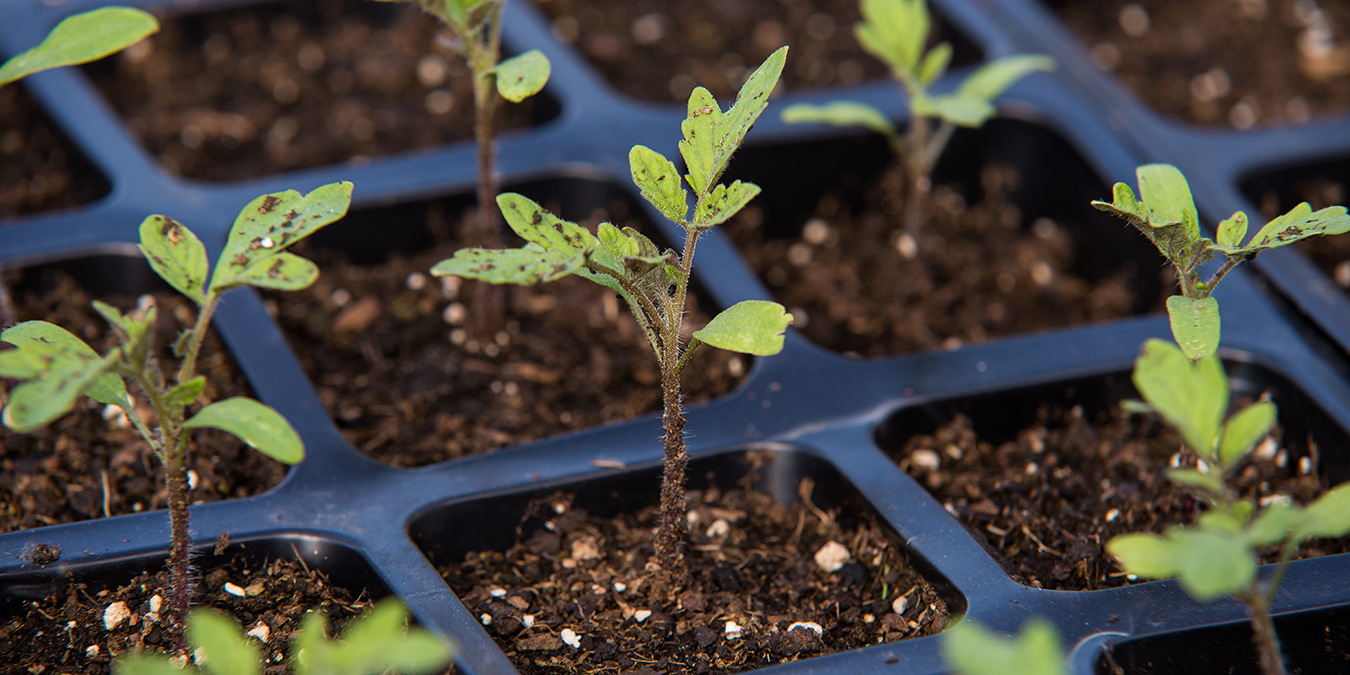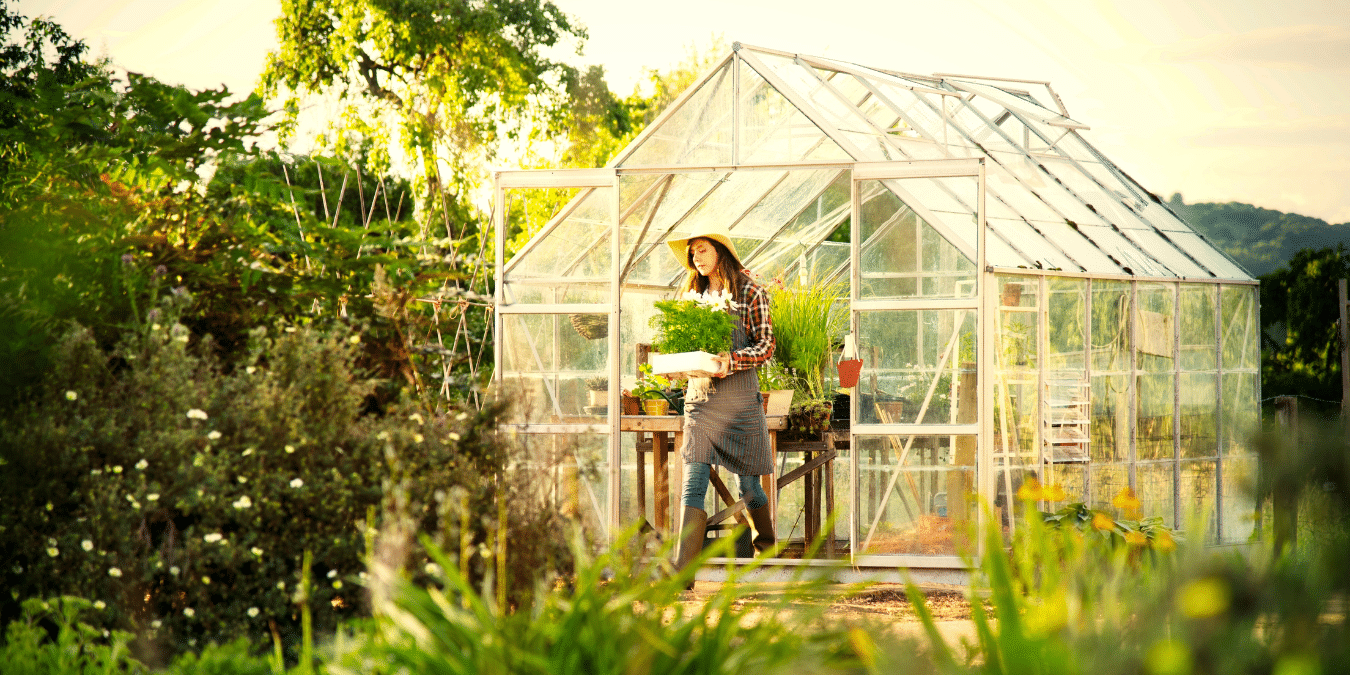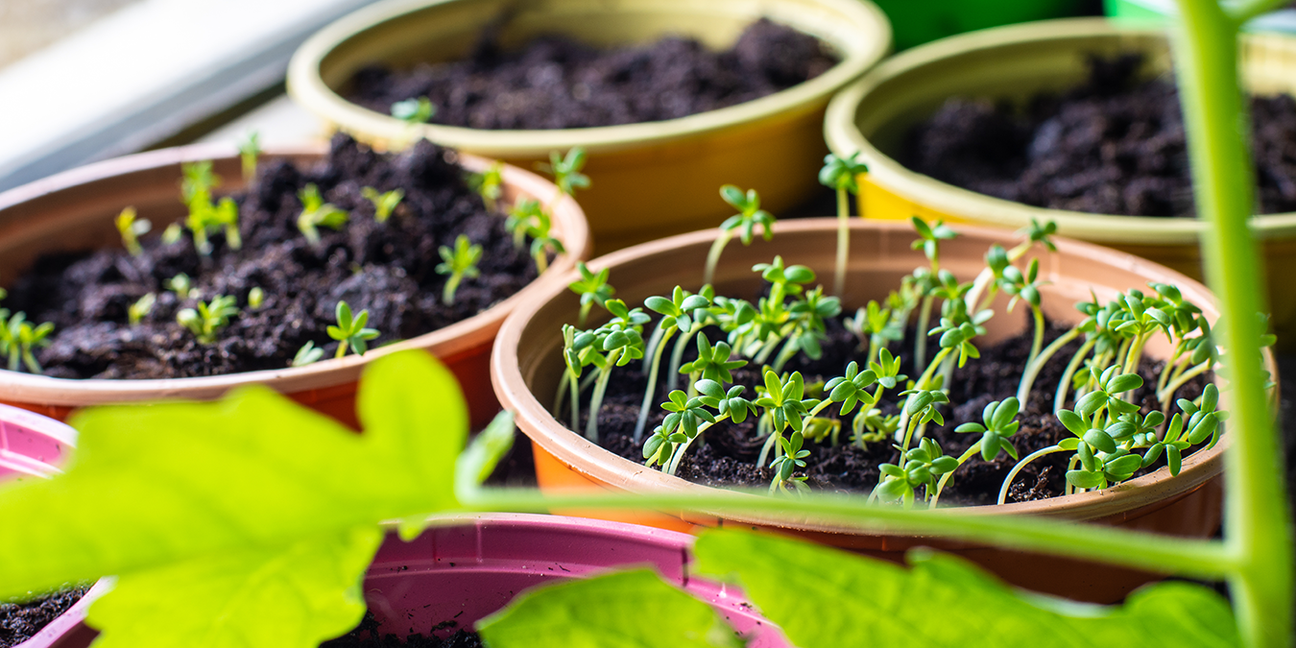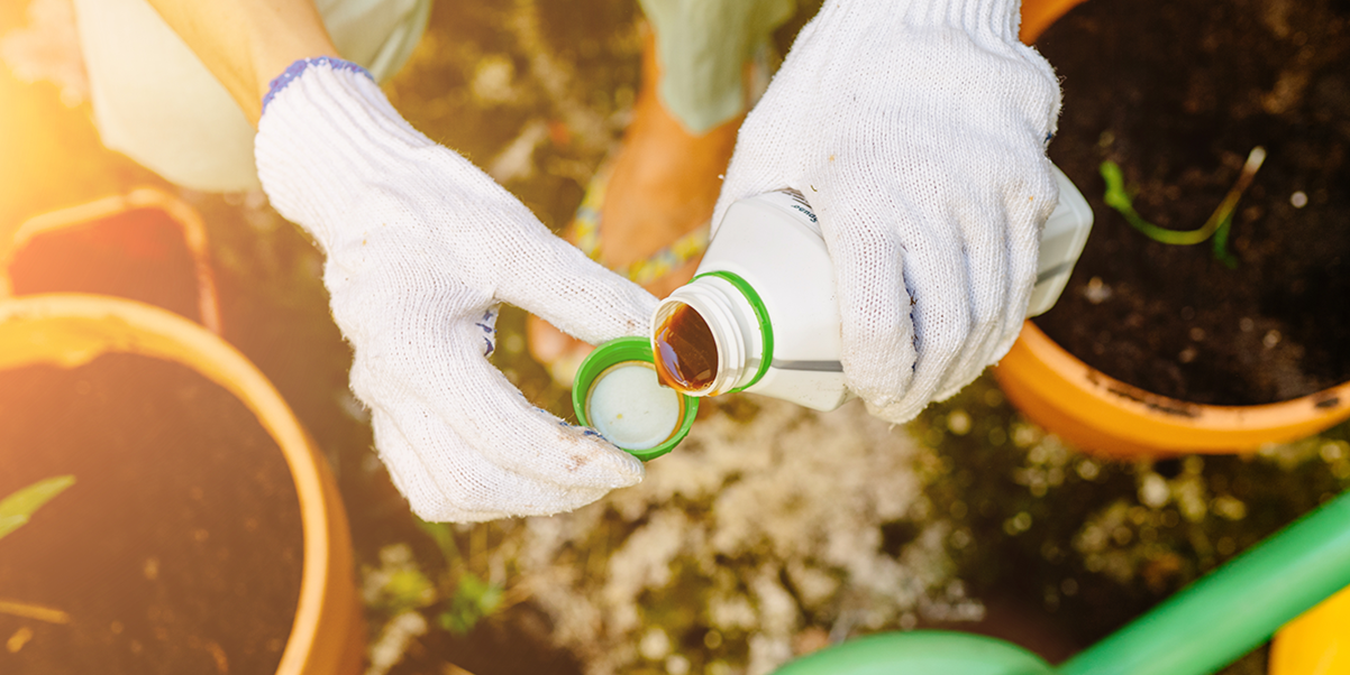How Wildfire Smoke and Ash Affects Your Garden
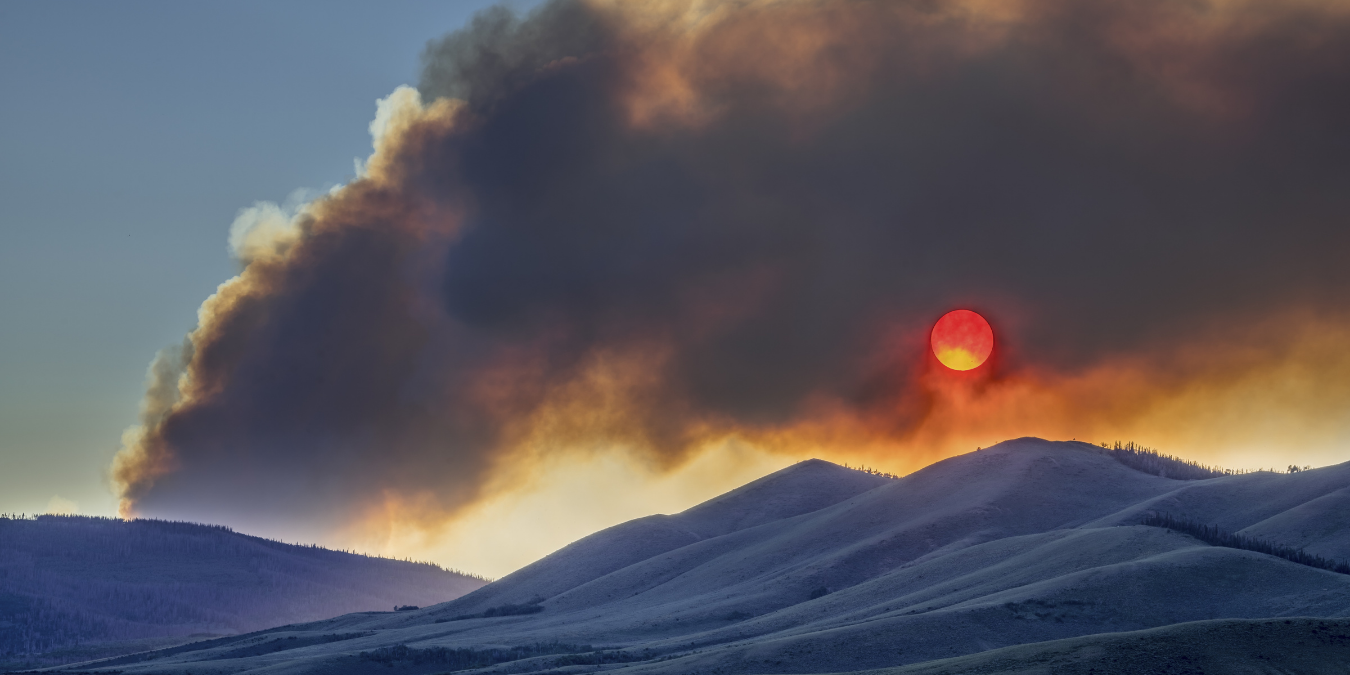
Wildfires are becoming an increasingly regular occurrence in the West Coast of the United States and other areas around the world. Unfortunately, climate change and recent history suggest that this may be the new normal. Along with the now-familiar trauma, uncertainty, and grief experienced by those living through these events, many people also worry about lingering effects such as food insecurity, displacement, and the risks involved with returning to ordinary life.
One specific concern relates to the impact that nearby wildfires can have on the plants that are grown on a farm or home garden. Understandably, some growers wonder about the health of their plants as well as the safety of consuming, selling, and sharing their produce, particularly when they see smoke and ash descending upon their crops. If you wonder about the effects of growing in the vicinity of a wildfire, we share your concern. We’ve studied the research and we’re sharing our findings below to shed some light on the potential risks involved and how to reduce them.
Potential Hazards
Your plants’ ability to absorb carbon dioxide and expel oxygen can be hindered by prolonged exposure to heavy smoke if the tiny pores that serve this function, called stomata, become clogged. Even short-term vulnerability to these conditions may reduce the effectiveness of a plant’s photosynthesis process because the smoke can destroy its much-needed chlorophyll.
Also, wildfire smoke and ash may carry a variety of contaminants, especially in areas where homes and other structures have burned. Some possible toxins include hydrocarbons, heavy metals, and hazardous chemicals used or stored in industrial or farming facilities. These can be deposited on the plants and soil in your garden, creating unhealthy growing conditions and rendering your fruits and vegetables unsafe to eat unless handled properly.
Thankfully, we can look to some recent research initiatives for solutions to these potential problems. Following the Sonoma County, California wildfires of October 2017, community members launched the Produce Safety After Urban Wildfire Citizen Science Initiative in order to take samples from more than 25 growing sites across the county to determine the presence of contaminants and whether they could be washed off of produce. Thanks to their studies, we have some guidance on ways to protect your garden and your health in the aftermath of a wildfire.
Rescuing Your Plants
If you are growing in a portable container like the GeoPot fabric pot, consider temporarily moving your plants indoors and out of the smoke, if possible. This should help to shield them from the harsh effects of the wildfires until the danger passes.
To protect your plants outside, check on them regularly to monitor their general health (while wearing an N95 mask in smoky conditions or poor air quality). If you see a layer of ash collecting on the leaves, stems, and soil, rinse them off with a gentle stream of water from a hose or watering can. Never use a leaf blower to clean them, as this will only redistribute the ash into the air and increase your chances of breathing it in.
Protecting Your Health
It goes without saying that you don’t want to be consuming contaminated fruits and vegetables from your garden and sharing them with your family and friends. Fortunately, the harmful toxins found in smoke and ash are unlikely to infiltrate the interior of your produce. To enjoy your homegrown food safely, harvest and rinse them once or twice outside and again in your sink once you’ve brought them into the house.
For added protection, you can soak them in a 10% white vinegar solution (about 1 teaspoon vinegar per 3 cups of water). This can help to lift any stubborn soil or ash particles from the surface. Also, consider removing the outside leaves of greens like lettuce and kale or peeling the thin skins of cucumber, zucchini, and other thin-skinned items. Lastly, wash your Strappato: All’interno del bodybuilding femminile qualita mix of clenbuterol and yohimbine con spedizioni motivazione del bodybuilding – fai un passo hands after handling and cleaning your harvest.
Fortifying Your Soil
While your plants should be relatively safe from recently deposited contaminants, it can be worthwhile to support and nutrify your growing medium for the next season with an amendment like Earth Alive Soil Activator or ECOMAX Neem Kernel Fertilizer. In addition to boosting the availability of nutrients in your soil and helping your plants manage shock, microbial and fungal ingredients can help break down organic chemicals and low-level contamination.
If your garden was coated with an especially large amount of ash or if your plot is particularly close to a fire, you might want to think about collecting soil samples for testing. Most state universities offer affordable lab services and can run a heavy metals analysis for you.
Harvesting Your Health
Although the smoke and ash from wildfires present genuine concerns to farmers and home growers, the simple measures outlined above should allow you to enjoy the fruits (and vegetables) of your labor in safety and in health. We hope that you find peace of mind and inspiration in these ideas and share them with your fellow cultivators.
Read the Final Report from the Produce Safety After Urban Wildfire Citizen Science Initiative.


